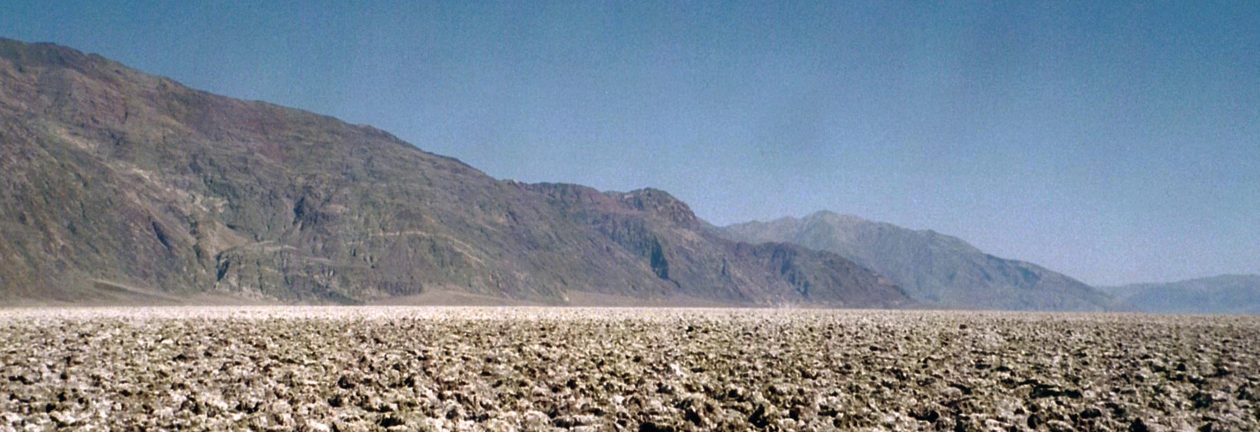Seville, Spain
“Figaro! Figaro! Figaro!”
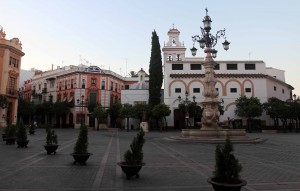
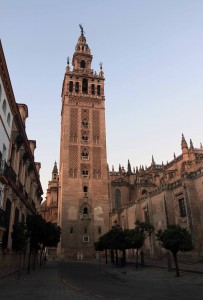
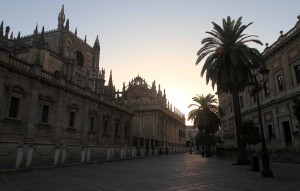
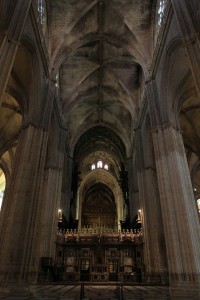
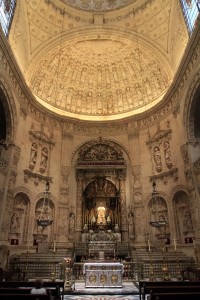
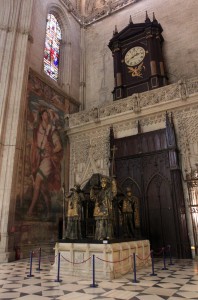
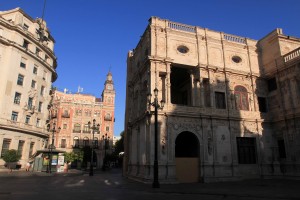
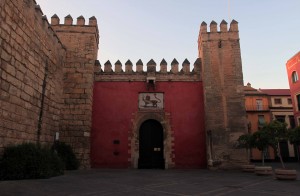
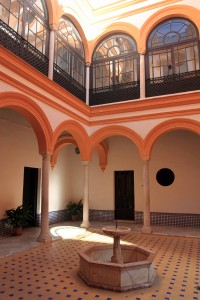
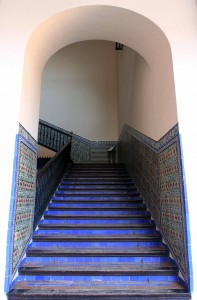
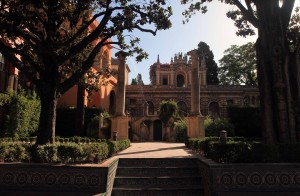
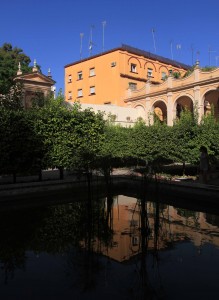
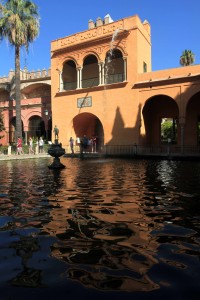
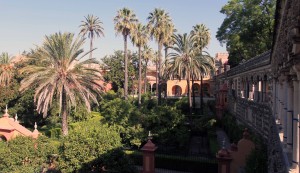
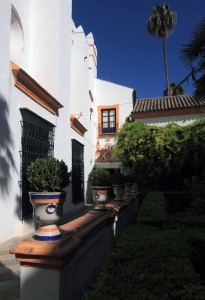
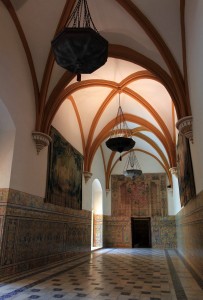
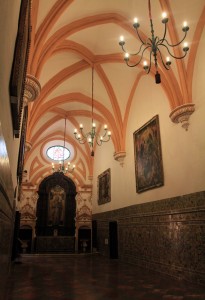
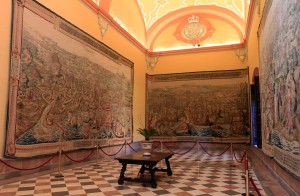
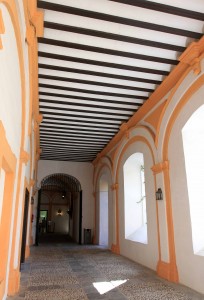
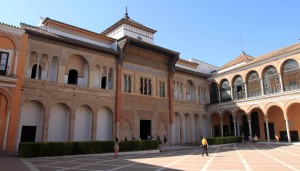
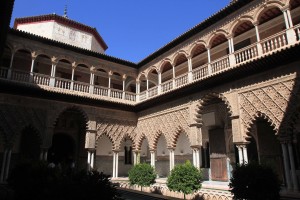
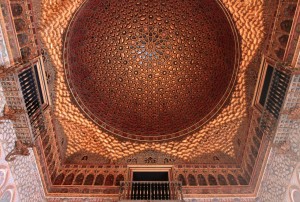
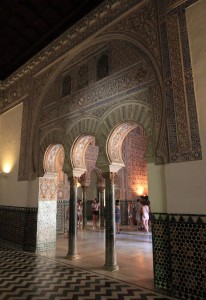
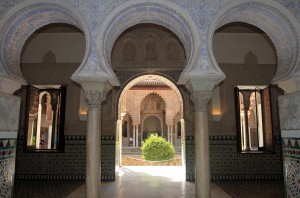
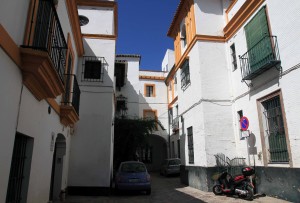
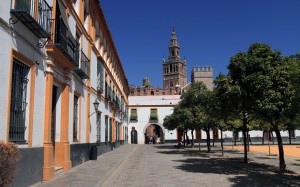
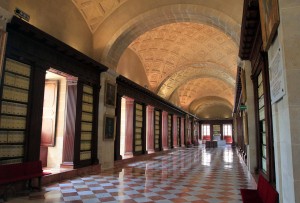
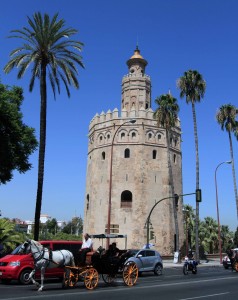
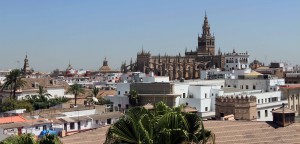
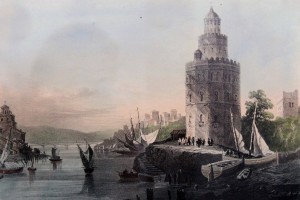
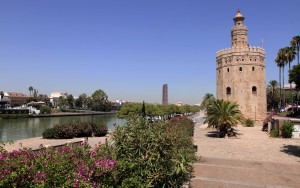
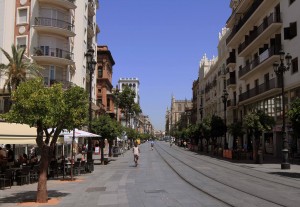
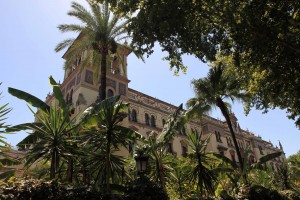
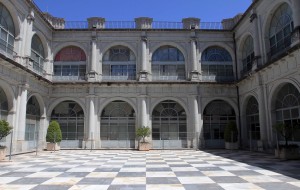
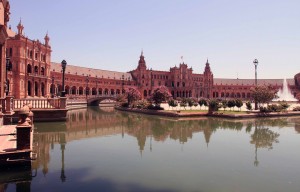
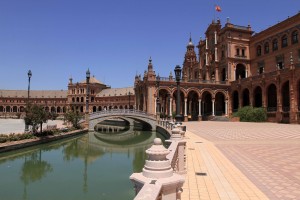
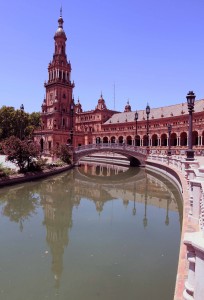
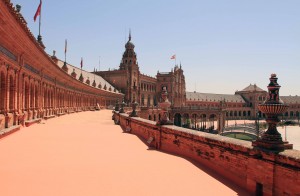
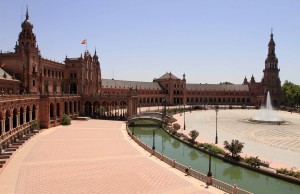
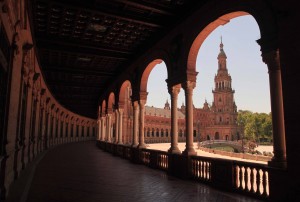
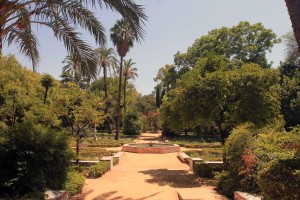
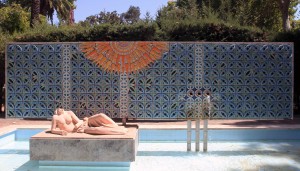
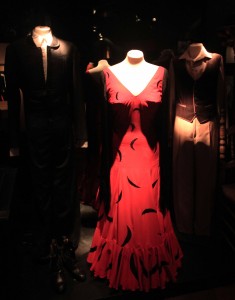
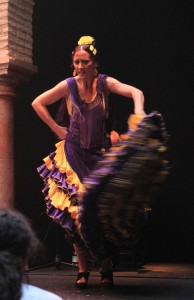
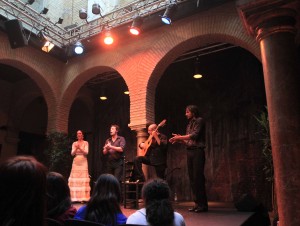
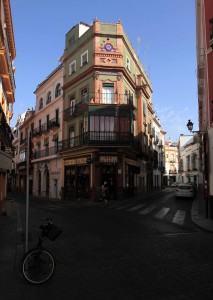
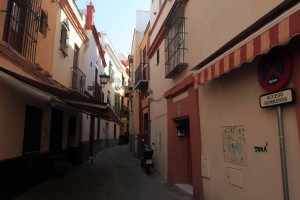
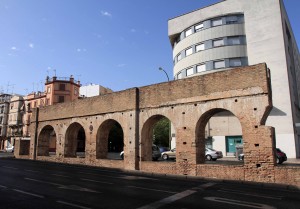
I woke up in my bus seat as we entered in to Seville. The bus made its first stop at the Plaza de Armas Station at 06:02 (Spanish time that is, an hour different from Portuguese time, which would’ve been 07:02) and then continued onward. About fifteen minutes later, the bus made its last stop in Seville (before continuing on to Granada) at the Prado de San Sebastian, which is where I got off with my bags. I then walked to the hostel I had booked a bed with. The hostel was in the old town next to the cathedral and fairly close to the bus station. I reached the hostel just after 07:00, rang the doorbell, and entered inside. The man who had answered the door told me that check-in was after 13:00 (perfectly understandable) and that I could not stay in the hostel until I checked in (this is the first time I have ever been told that in a hostel); I was told I could leave my bags, but I had to go unless I paid 7.50 euros (me thinks this night watchmen is making shit up – I should’ve have alerted the management to this nonsense, but I was to disinterested and nice); so, I ended up grabbing my camera and tripod, and leaving my bags behind. I then walked out in to the relatively empty Sevillian streets as the sun was breaking over the horizon and casting its long golden rays on the old Spanish city. I first wandered around the nearby vicinity and soon started to walk around the Seville Cathedral (officially: the Cathedral of Saint Mary of the See); I then noticed that the cathedral was open and that I could just enter inside (it was before 11:00 – the official opening time for touristas – and was open for morning mass . . . as well as anyone who wanted to pray or take photographs inside); so I walked in and started to explore the cathedral. The Seville Cathedral was constructed from 1401 to 1528 AD and is the largest Gothic cathedral in the world (at its completion, the Seville Cathedral supplanted Hagia Sophia as the largest cathedral in the world and, at present, it is the third-largest church in the world). I wandered around, viewed the tomb of Christopher Columbus (I had no idea his tomb was here and I should probably do more research before entering a new city to make sure I don’t miss important monuments like that), and looked at the chapels. Soon, mass began in one chapel and then in another; also, the security guards began roping off sections of the cathedral, preparing for the tourists that would come later; so I ended up exiting at this time, satisfied with what I had seen. I then waited for the Alcázar of Seville (the royal palace) to open its doors at 09:30. Afterwards, I entered inside the Lion Gate, bought my ticket, and began wandering around the various sections of the palace. The Alcázar of Seville was originally developed by Moorish Muslim kings and is regarded as one of the most outstanding examples of Mudéjar architecture found on the Iberian Peninsula. I explored various courtyards (the best and main one was the Courtyard of the Maidens), rooms (a number of which had display cases and several artifacts), gardens (which were well maintained and beautiful), and took my time to try and see everything (although the royal apartments on the second floor cost extra and had to be booked in advance for special tours, so I did not see those). After spending a couple of hours in the palace, I exited the complex and walked to the General Archive of the Indies, which was free for visitors to enter. The General Archive of the Indies has a large repository of extremely valuable archival documents illustrating the history of the Spanish Empire in the Americas and the Philippines; however, as a tourist and not a researcher, there was almost nothing of interest on display for me; most maps and documents on display were reproductions and most of the display cases present in the archives were empty; there were many shelves lined with cardboard enclosures that may or may not have contained valuable artifacts (I wasn’t going to pull one off the shelf to find out since I have no business fooling around with such sensitive material), but other than that, the contents were pretty underwhelming; all in all, it took me about ten minutes to walk around before I exited the building. I then walked to a nearby Starbucks (there are actually three Starbucks restaurants located on the Avenida de la Constitución and they are all fairly close to each other – I find this to be unnecessary and strange) and had a caramel jelly Frappuccino. After that short break, I walked to the Torre del Oro (or “Tower of Gold”), which is located on the bank of the Guadalquivir River and was originally built in 1220-1221 AD to control access on the river. I paid to enter inside the tower and I climbed up the stairs to the top, where I had a pretty disappointing view of the city (not helped by the fact that a Plexiglas barrier prevents visitors from getting to the edge of the tower). I then descended the tower’s steps and looked at the various artifacts on display, where I learned about Seville’s significance during the era of discoveries and the Spanish Empire – all goods imported from the New World had to pass through the Casa de Contratacion in Seville before being distributed throughout the rest of Spain (that’s one way to greatly increase the wealth of one city). After touring the tower, I then walked to the University of Seville’s main building, which was built in the eighteenth-century AD as a tobacco factory (this was the largest industrial building at the time) and was the setting of Bizet’s opera ‘Carmen’ (the titular character worked in the tobacco factory); in the 1950s, the building was acquired by the university. I walked around inside the building, viewed some copies of ancient sculptures and a few of the building’s courtyards, and then exited back out in to the hot sun. Next, I walked to the Maria Luisa Park and entered inside the Plaza de España, which was built in 1928 AD for the Ibero-American Exposition of 1929 AD; it is a landmark example of the Renaissance Revival style in Spanish architecture and a beautiful structure that has been used for many films (the best of which was ‘Lawrence of Arabia’ . . . the worst is not worth mentioning – ugh, it still pains me to think about what might have been if left in capable hands; those films could’ve easily surpassed the grandeur of the originals given the material one had to work with; it is incomprehensible how they could’ve ended up being such utter rubbish; it makes me so mad and I just want to practice scream therapy right in front of George Lu- maybe I better stop my rant here). I walked around and inside the Plaza de España, escaping the sun when possible, but still managing to take many photographs of the extremely well crafted structure. After exploring the plaza, I then walked through the gardens. While wandering around, I did take a break and downed a small beer and a 1.5 liter bottle of cold water (bought from a vendor). After walking around the gardens, I headed back to the old city and made my way to the Museo del Baile Flamenco (“Museum of Flamenco Dance”). Once I reached the museum, I entered inside, bought a ticket for the museum and a 17:00 show (it was about 16:20 when I reached the museum), and then walked through the exhibits. Most of the exhibits were interactive and had videos of different Flamenco dances and styles; I suppose that if I were thoroughly interested, I could spend a few hours studying and memorizing the different techniques; however, I was in a bit of a hurry to get through the exhibits to make sure I was done in time for the performance – this didn’t take long and I ended up back tracking to consume some more time. The museum did have some artifacts such as shoes and costumes on display, but overall, I suppose one could learn more from internet searches. Anyway, at 16:45, I made my way to the show room and found a seat. After 17:00, the performance began and I watched two dancers (one male and one female), vocalist, and a guitar player perform several different dances; first the man and woman danced together; then the woman performed solo; then the man performed solo (I think he kept wetting his hair between breaks because every time he spun he threw water droplets in all directions – I think the front row audience members did get wet). At the end, we were treated to a short encore. After the performance, I walked back out in to the old town and made my way to the Casa de Pilatos (a local palace), but by the time I reached it (at 18:30 or so) it was nearing closing time, so I decided to wait until tomorrow to see it. I then walked to the remains of an old Roman aqueduct (over 2000 years old), which consisted of two short sections that are now located in the middle of a road (serving as a median between the opposing lanes of traffic). After that, I walked to a nearby supermarket and bought some rehydration liquids, cookies, chips and salsa, and a bottle of Spanish Tempranillo. With my groceries, I returned to the hostel, checked in, and brought my luggage and bags up to the dorm room. I then showered (much needed after travelling all night on bus and walking all day in the hot sun) and loaded the pictures from the day and yesterday on to my laptop. After a while, I then ventured out for food. I ended up at a nice and historic restaurant (a popular pilgrimage stop from the long, long ago) and I had a bowl of white beans and sausage pieces, a plate of seafood paella (I’m not a fan of pulling and breaking apart whole prawns to get at the small amounts of meat inside while their glazed eyes stare at me – too much work and too creepy), and beer. After dinner, I returned to the hostel and got to work going through all the photographs I had taken while in Avila, Portugal, and Seville. Finally, after 02:00, I got ready for bed and I went to sleep some time after that.
